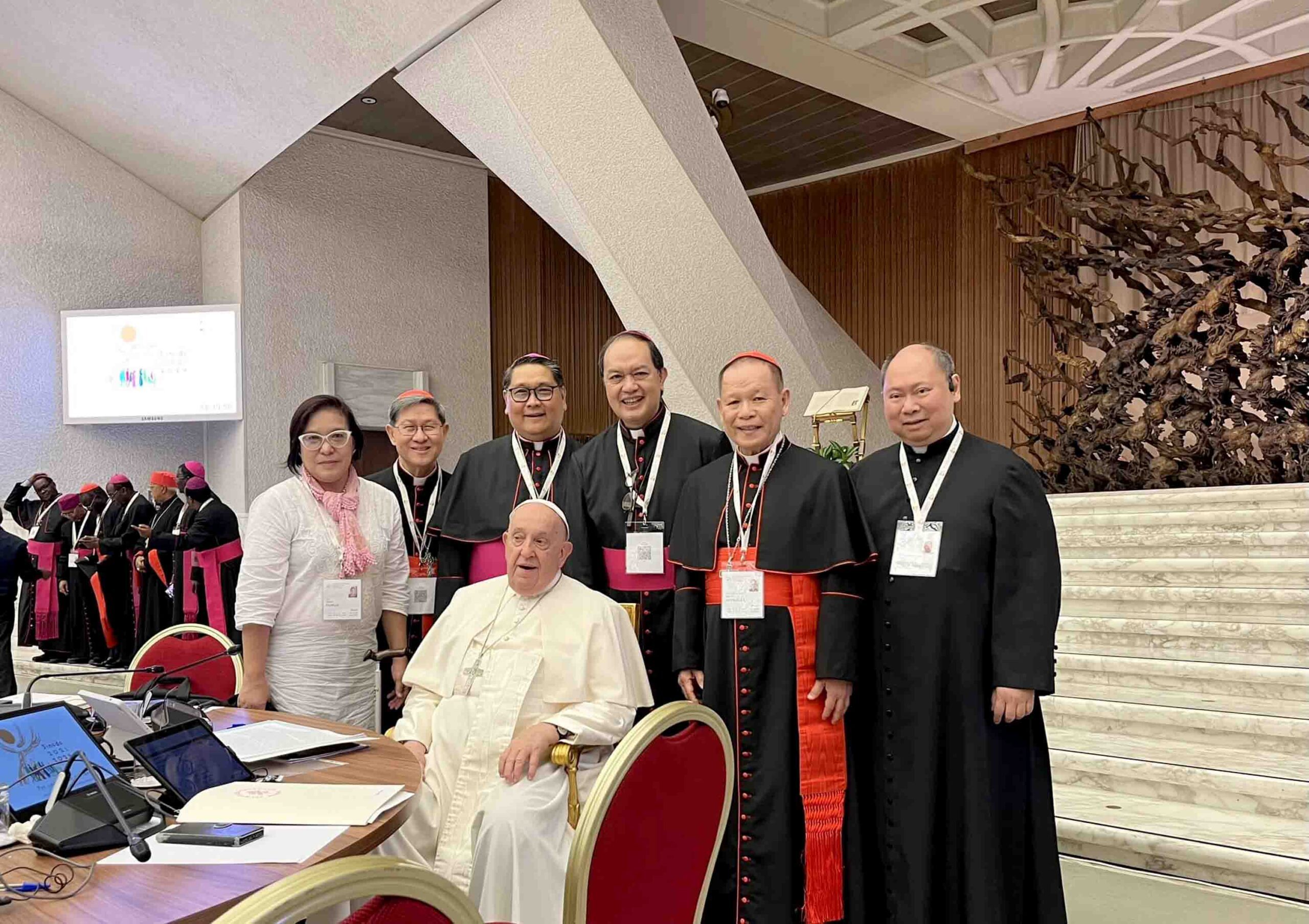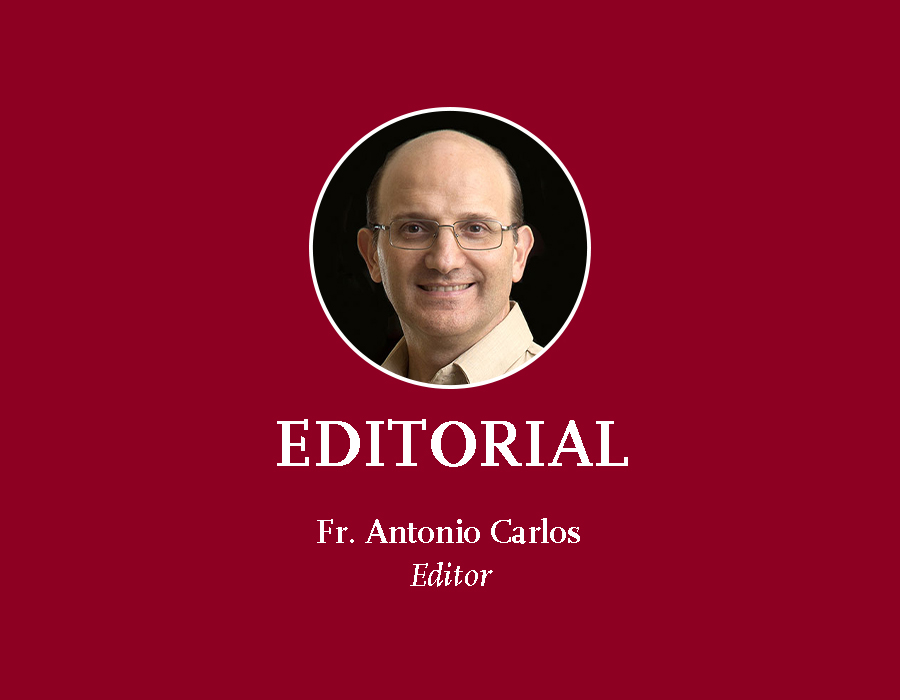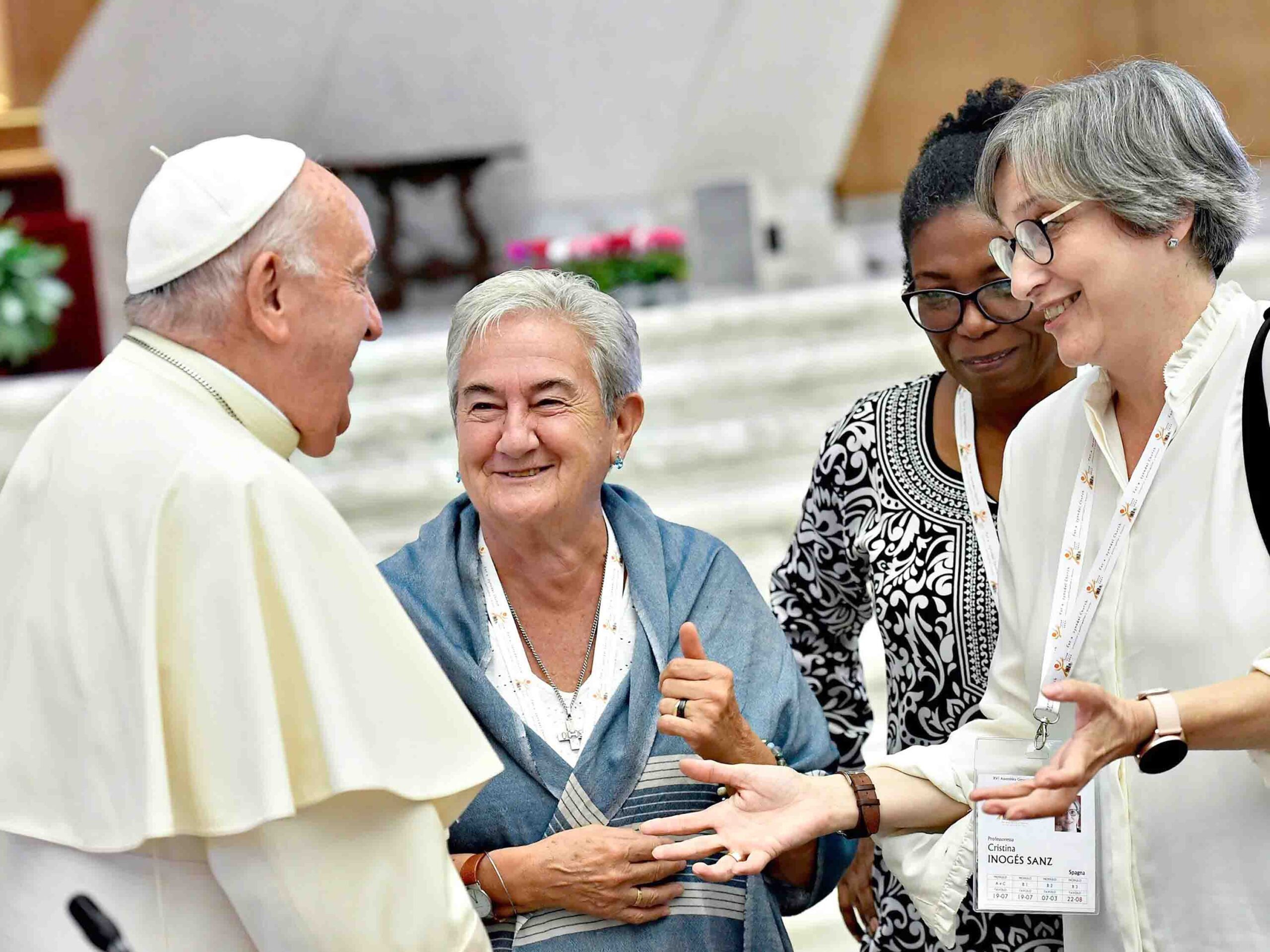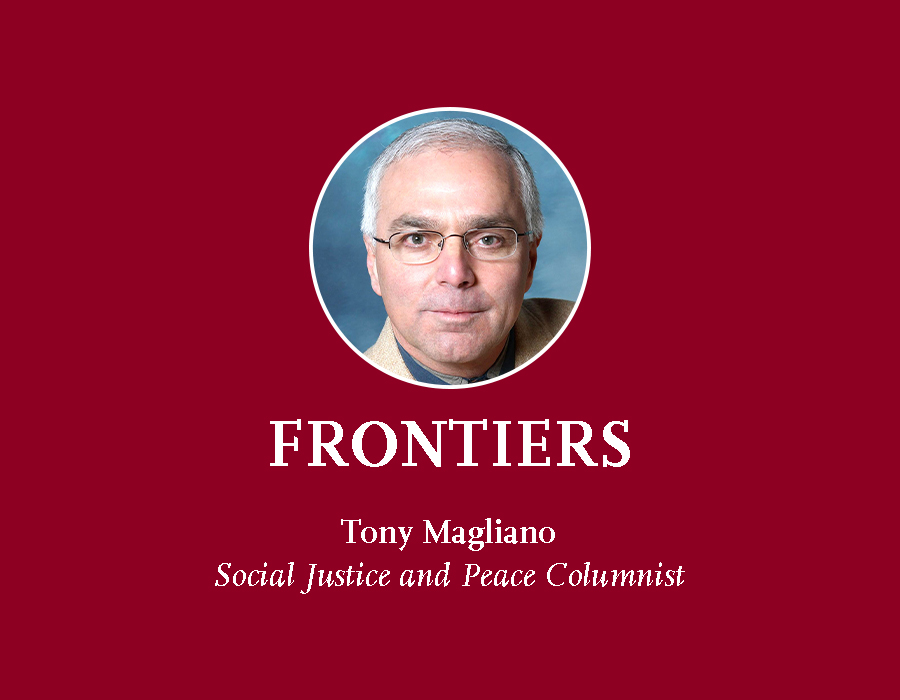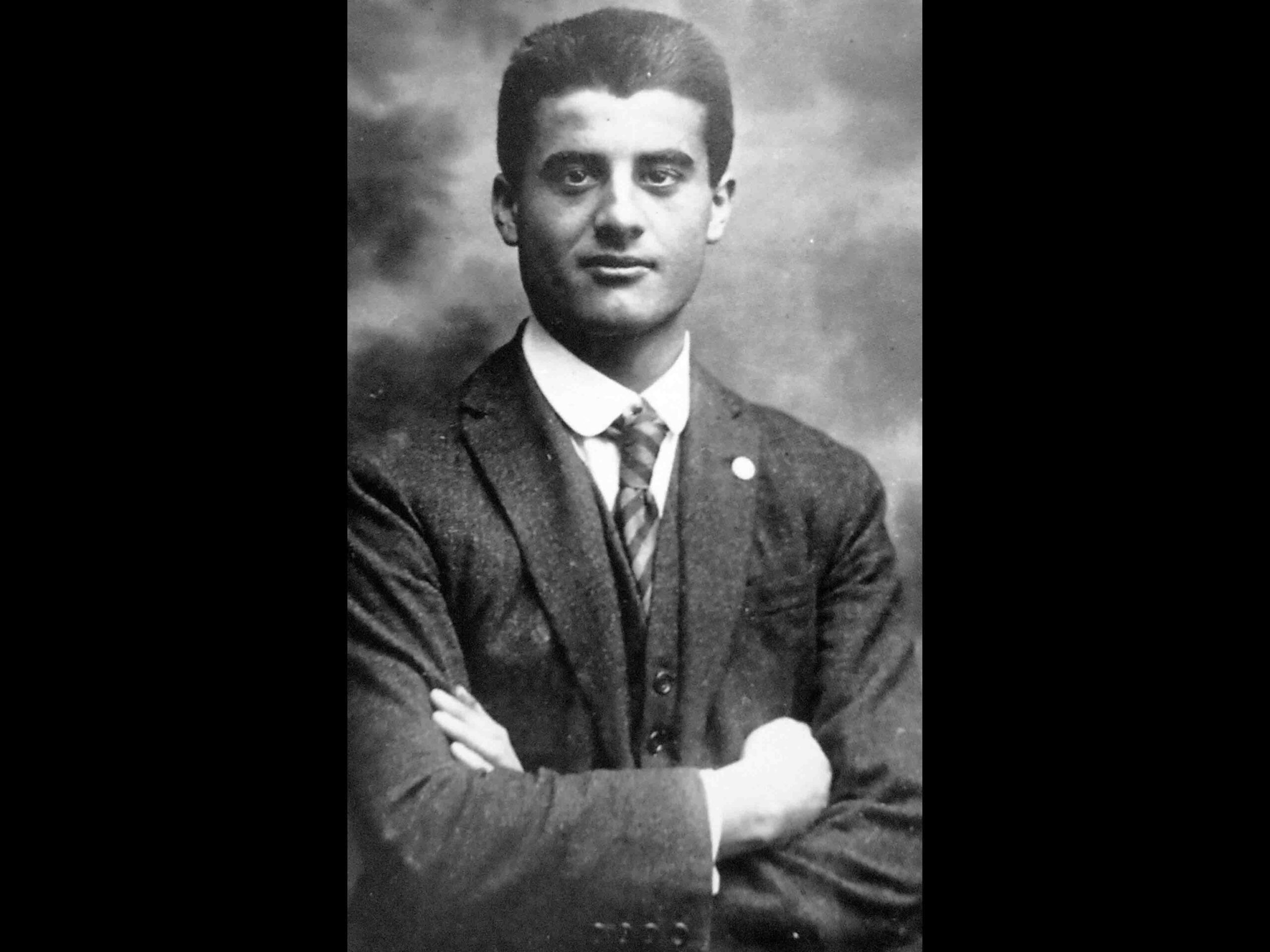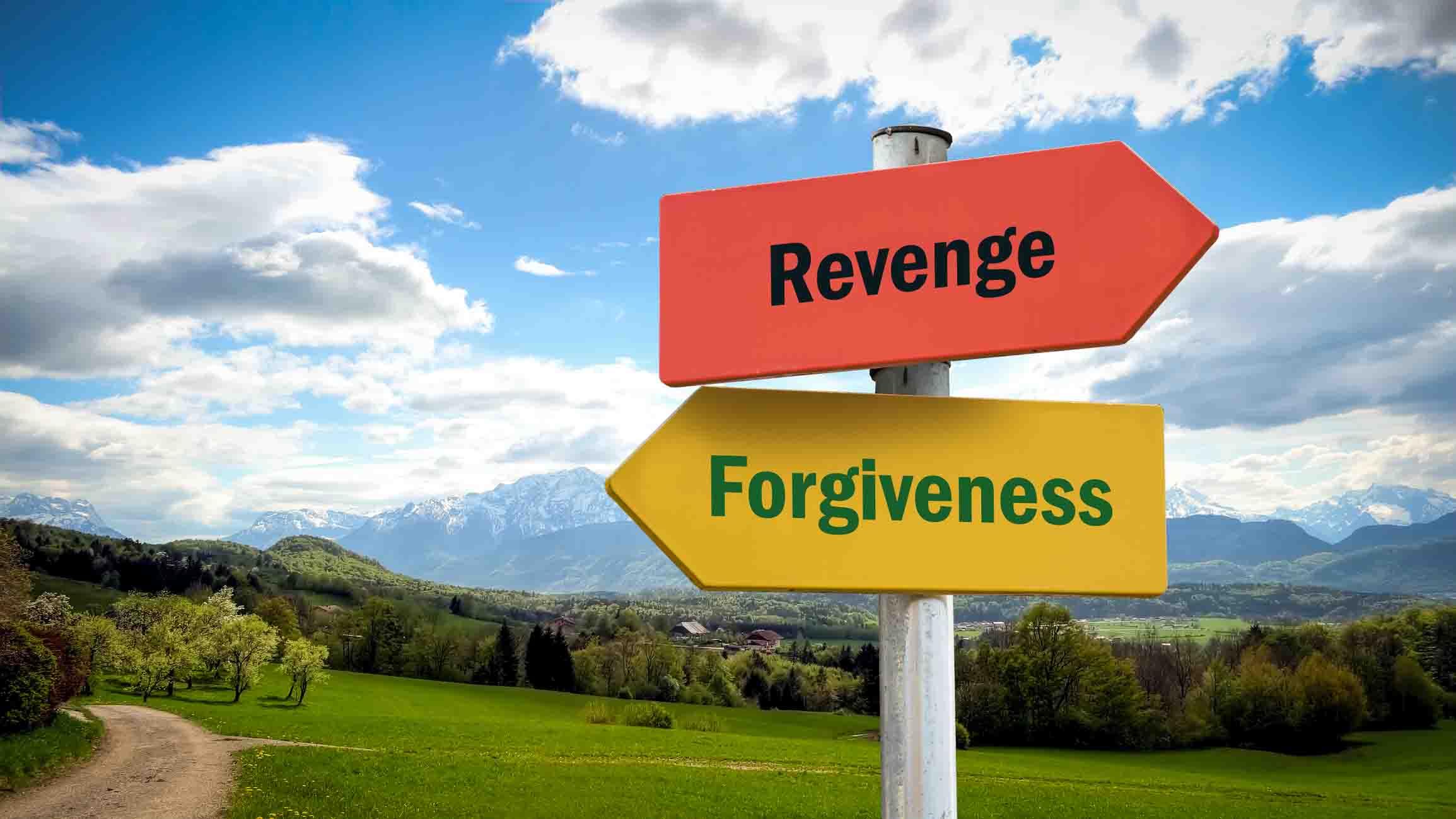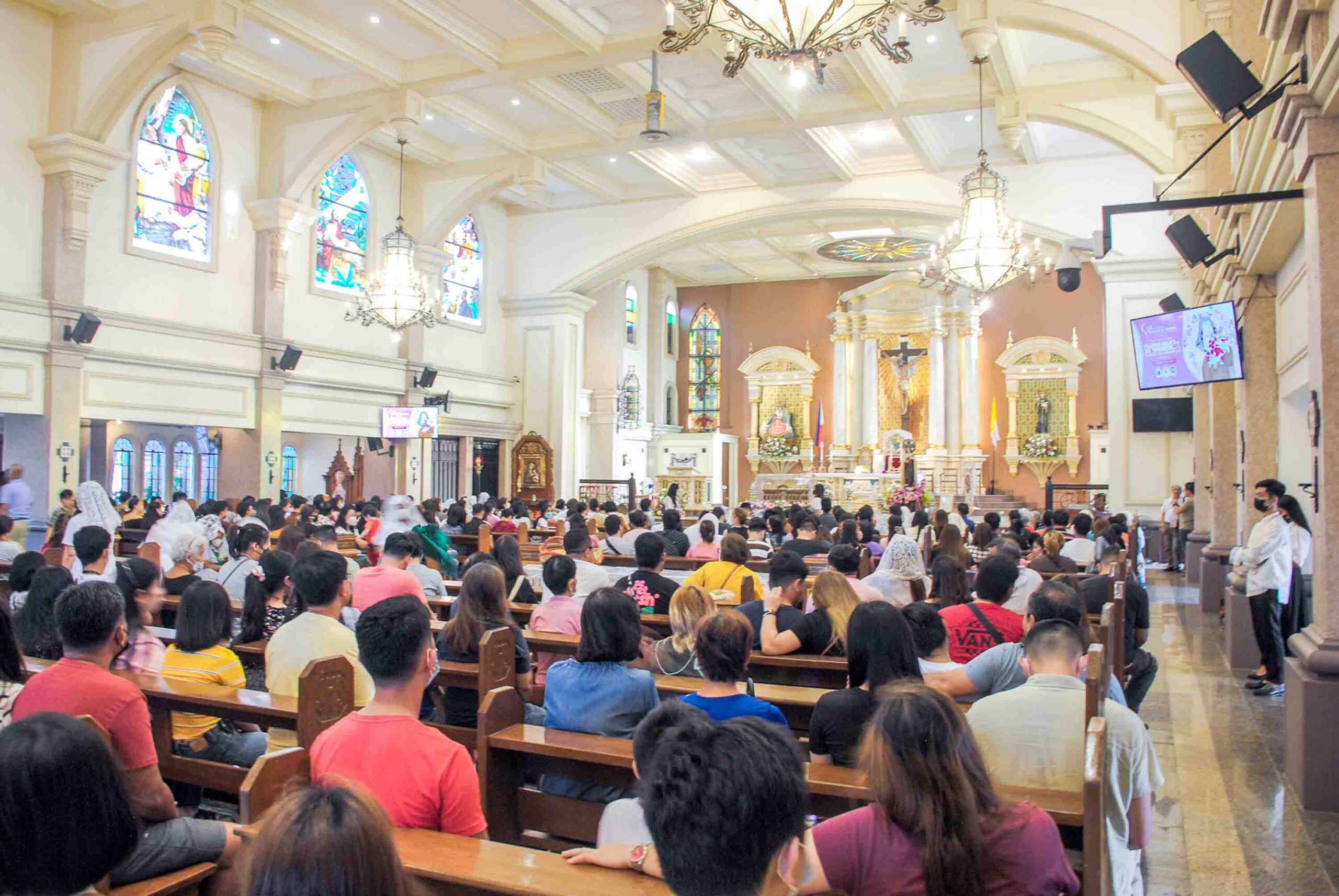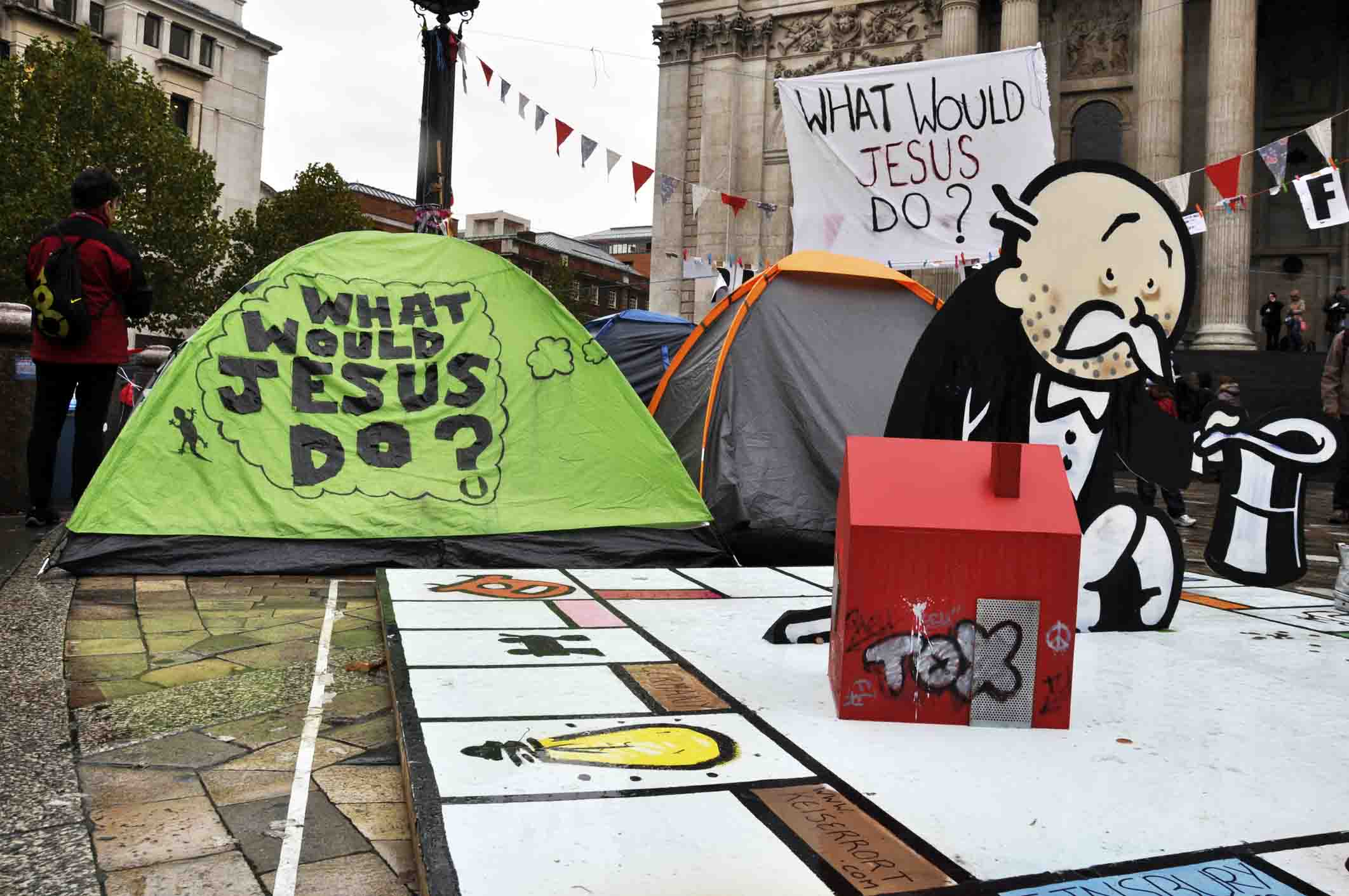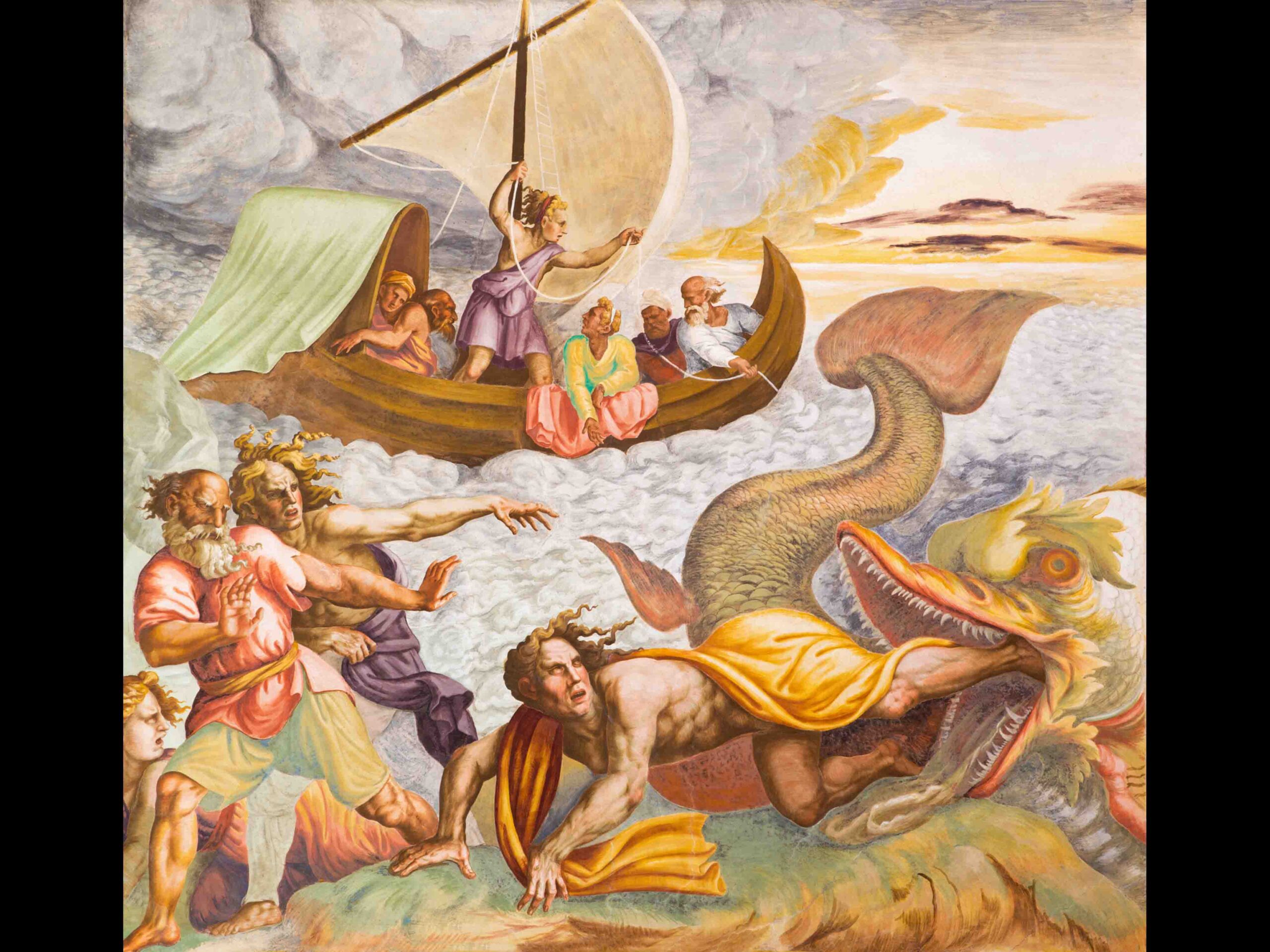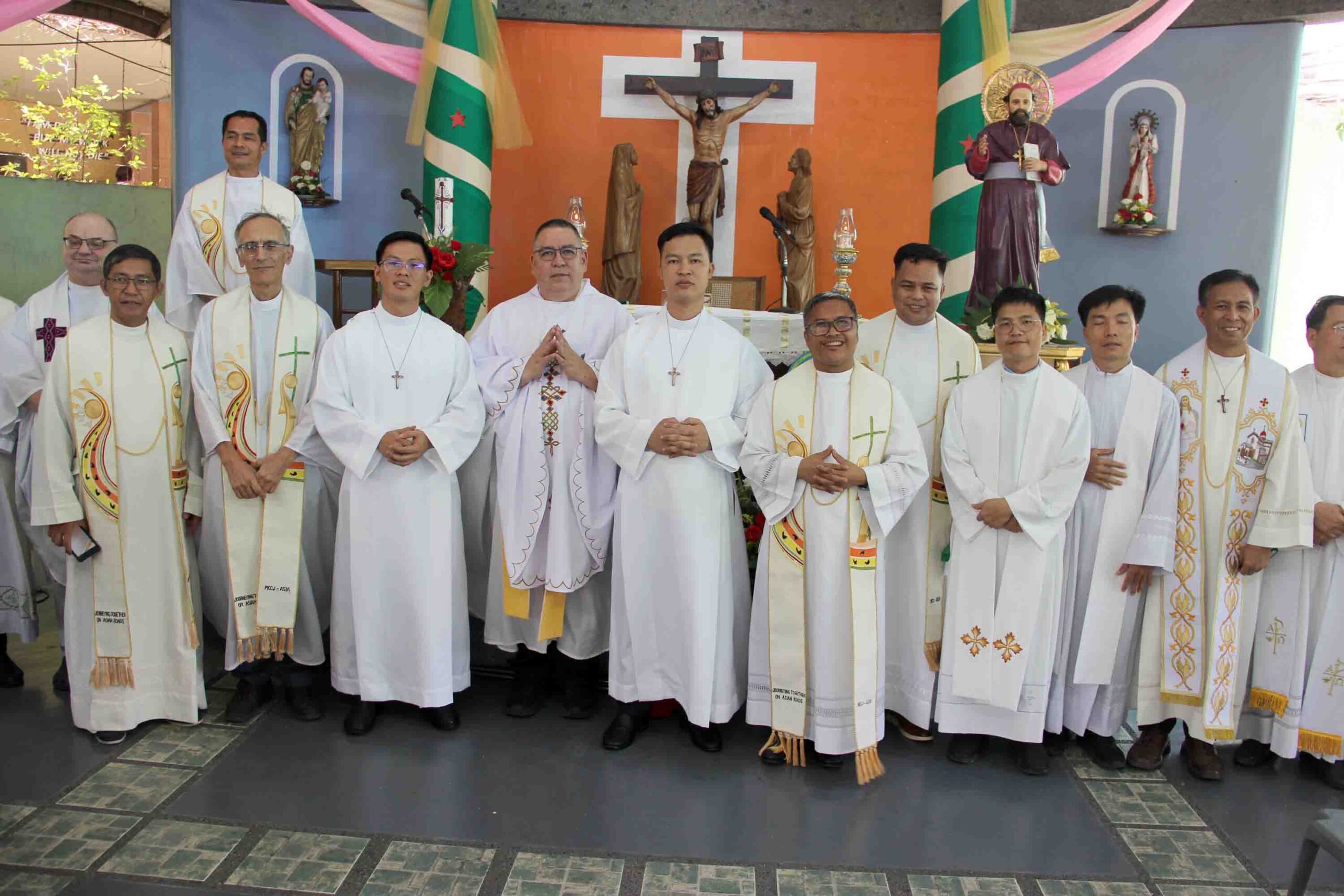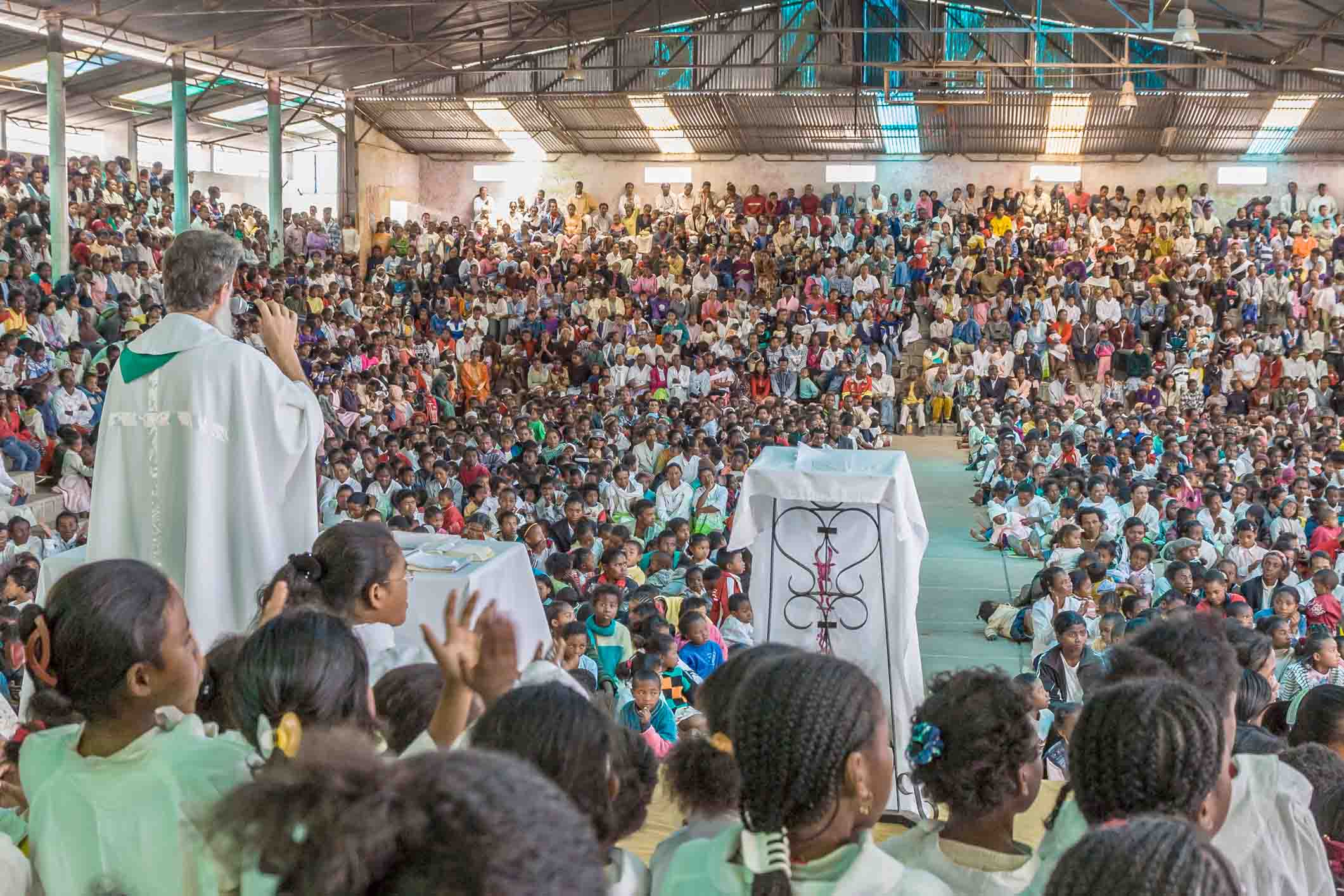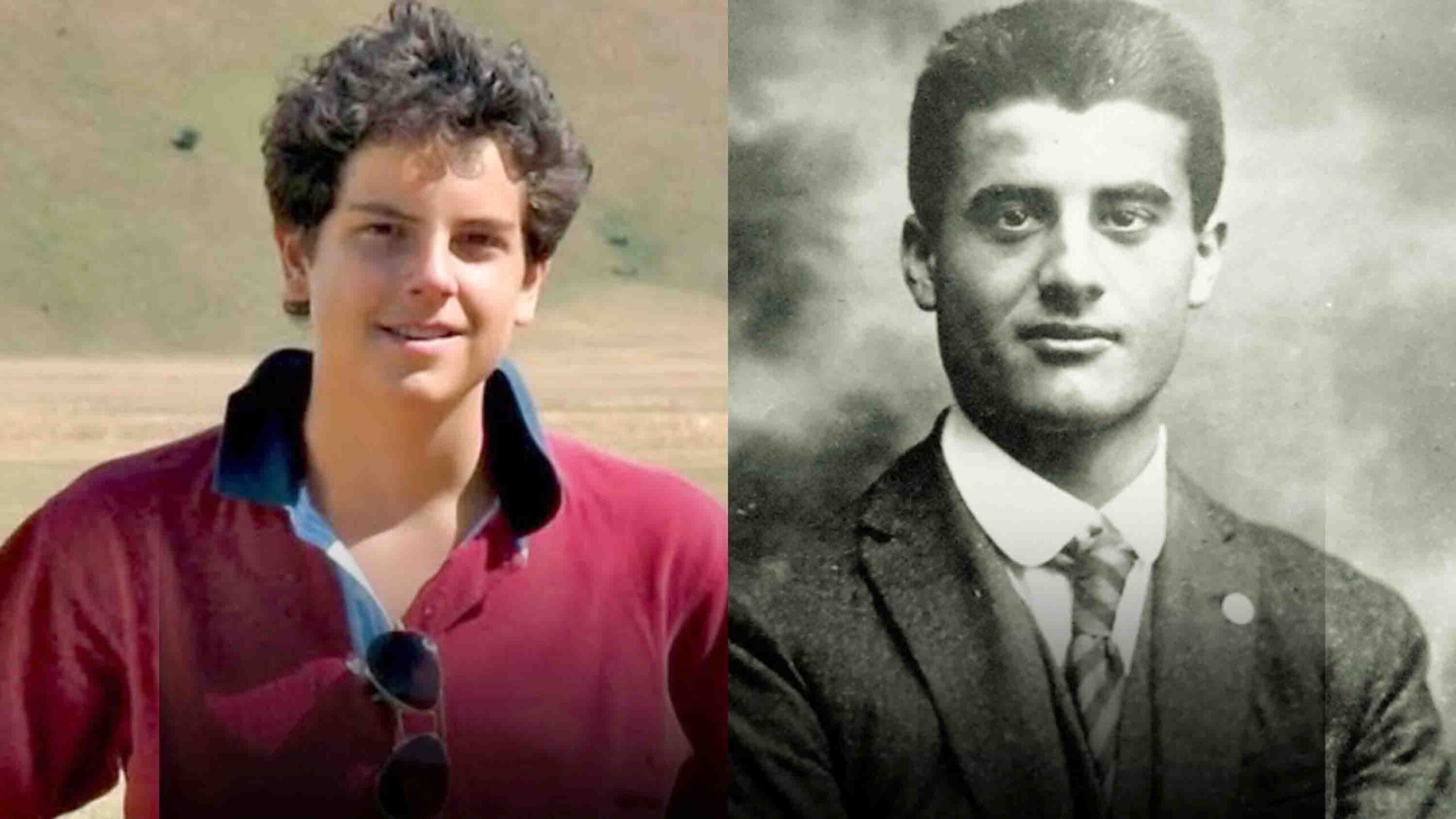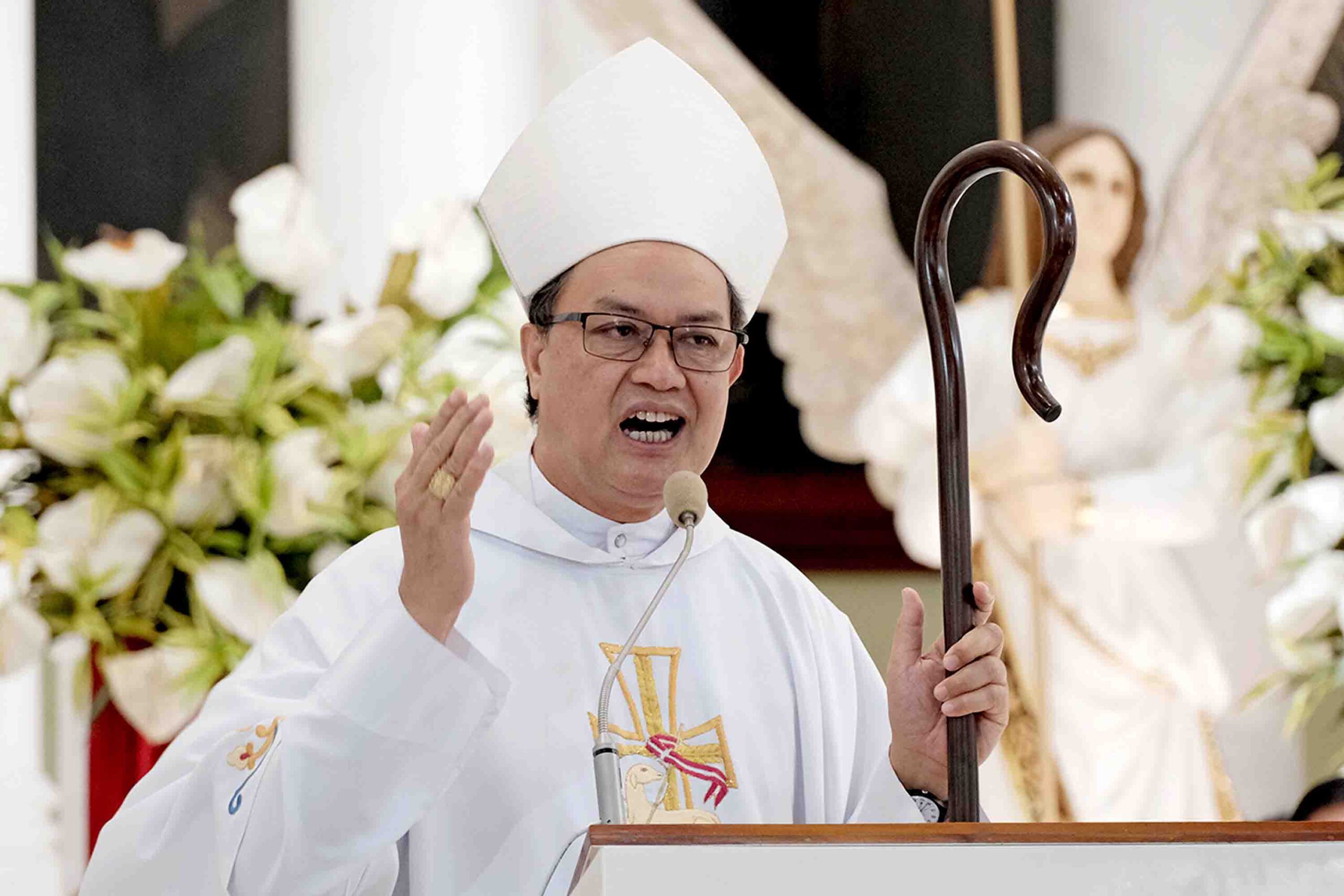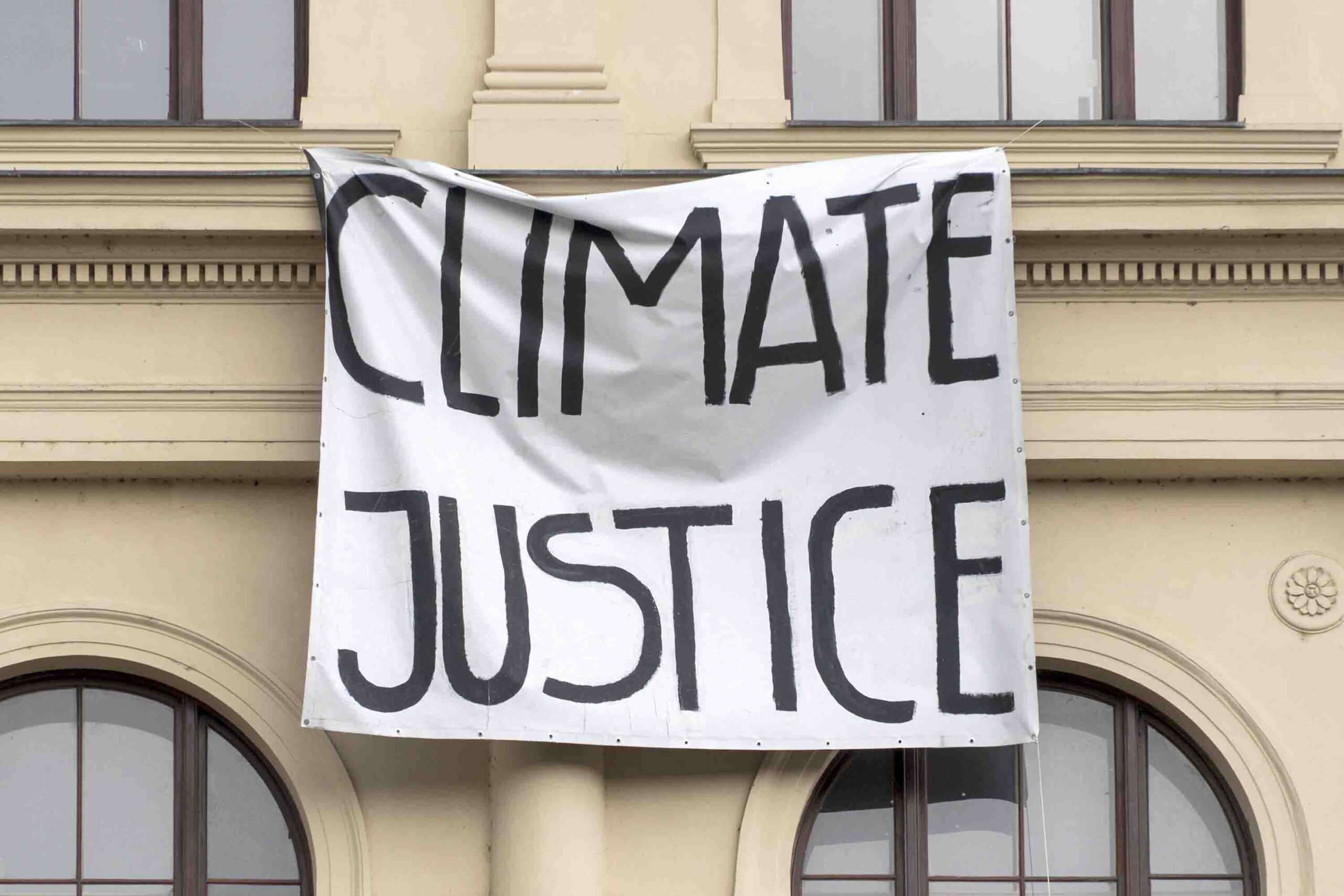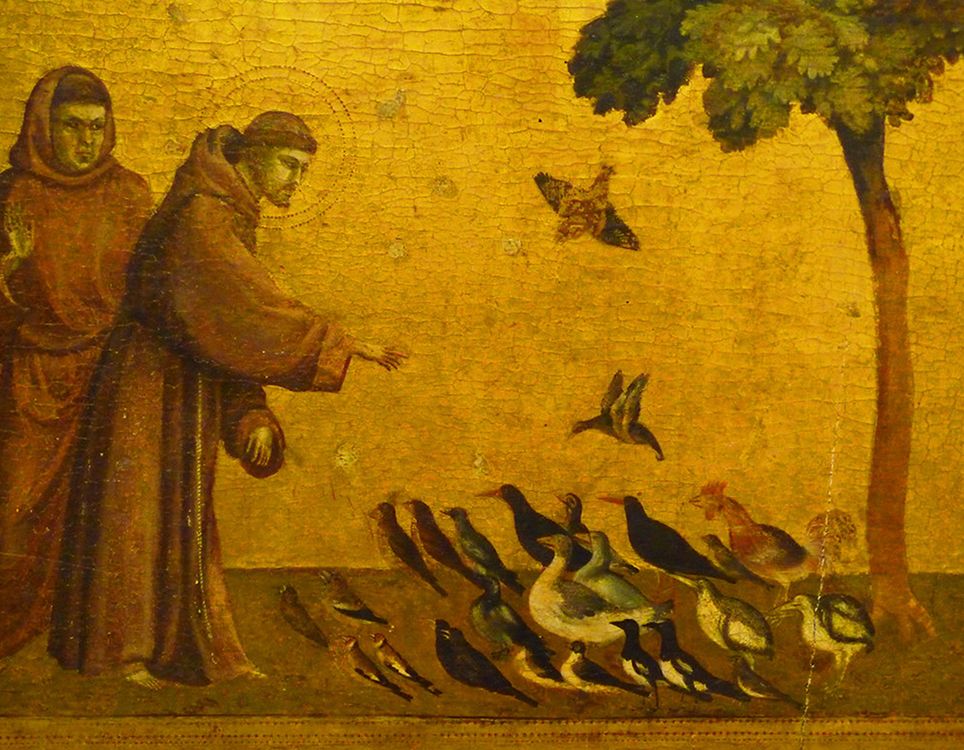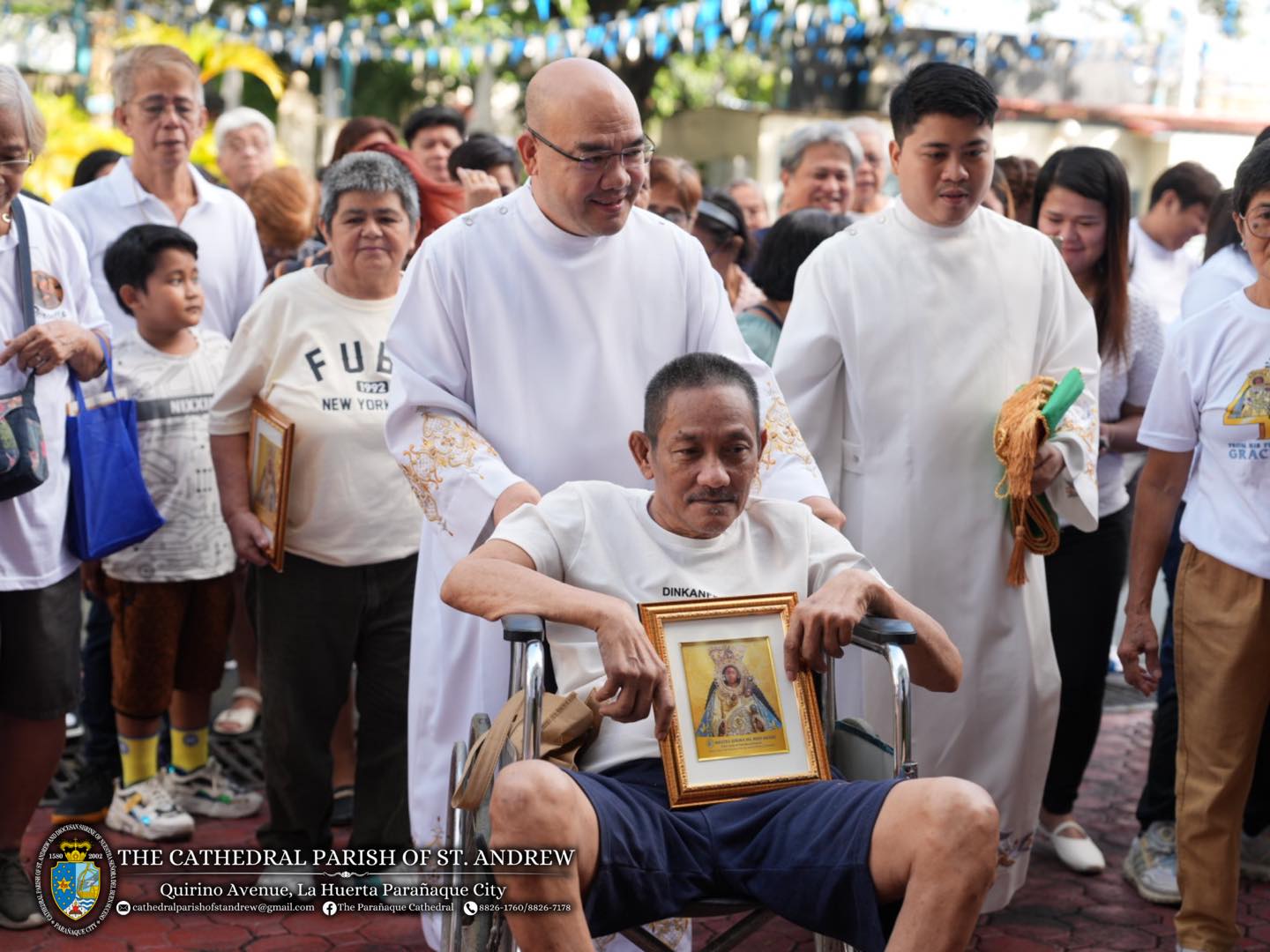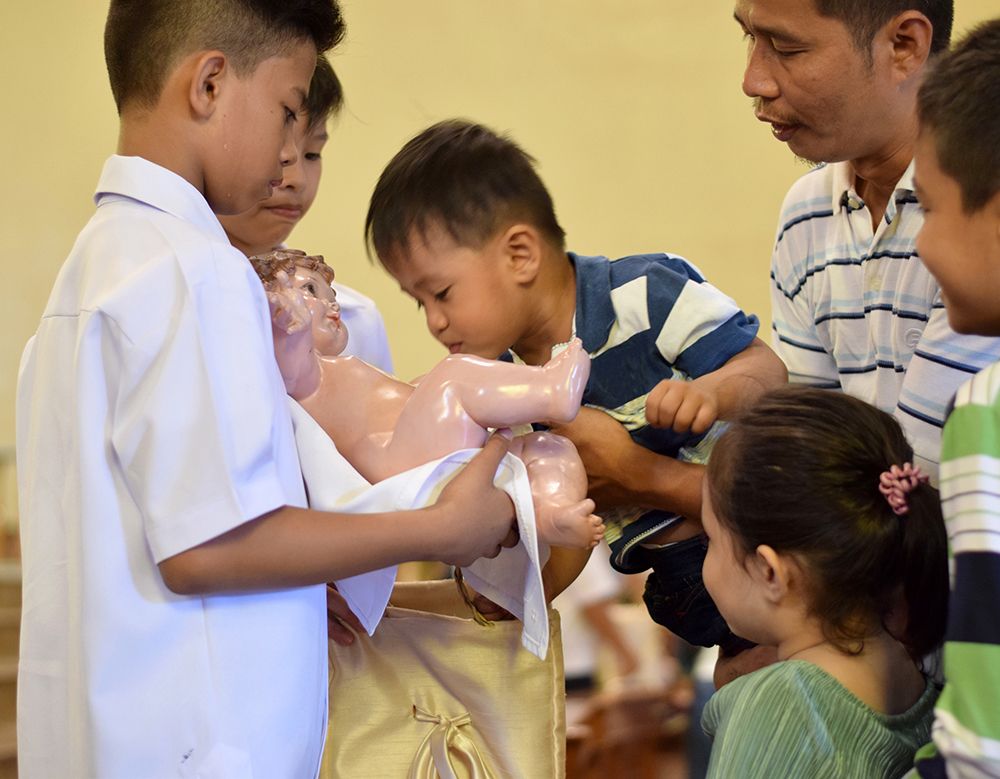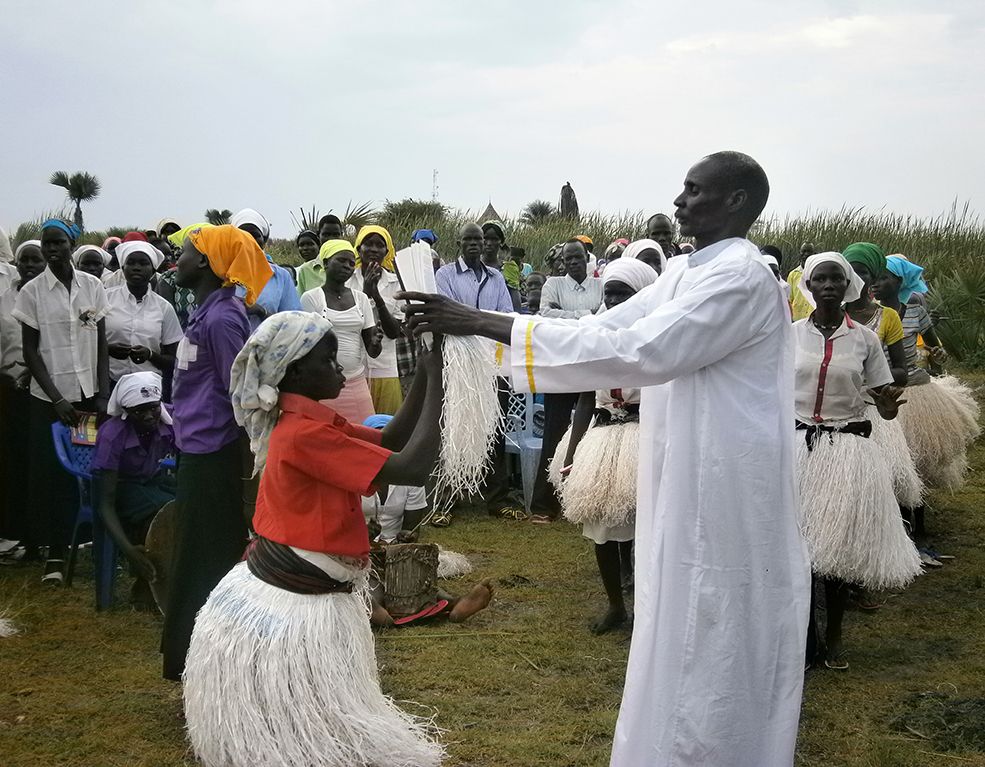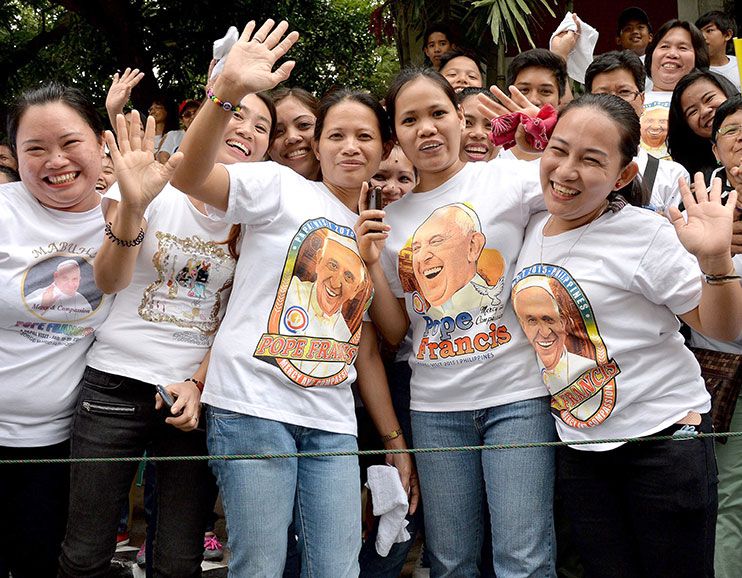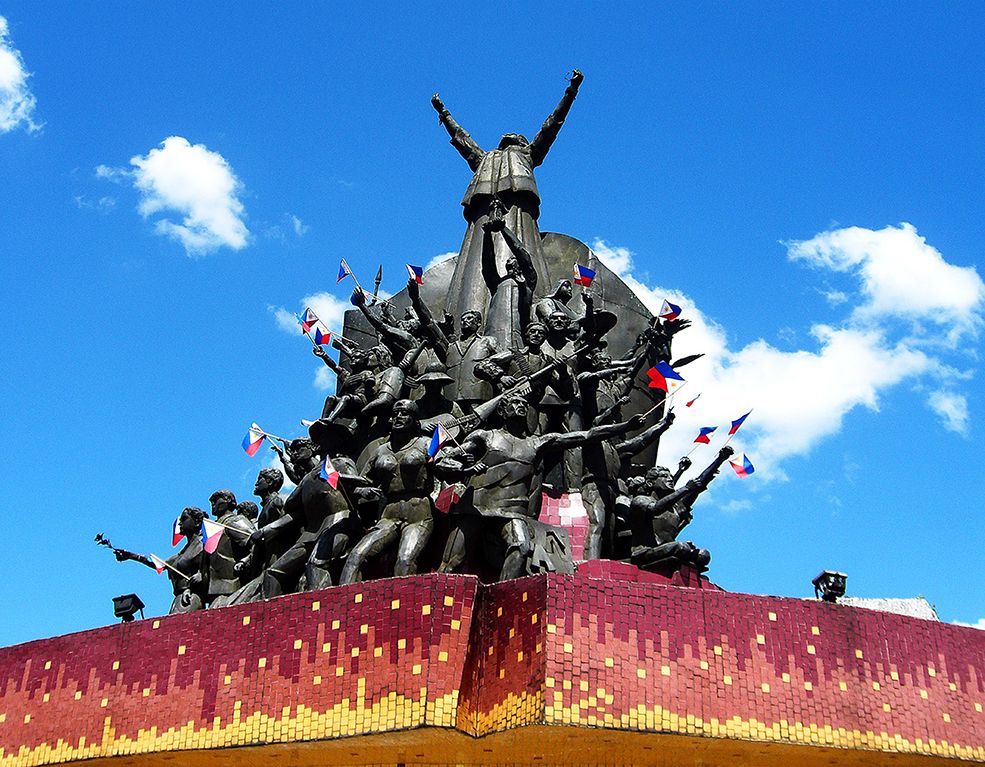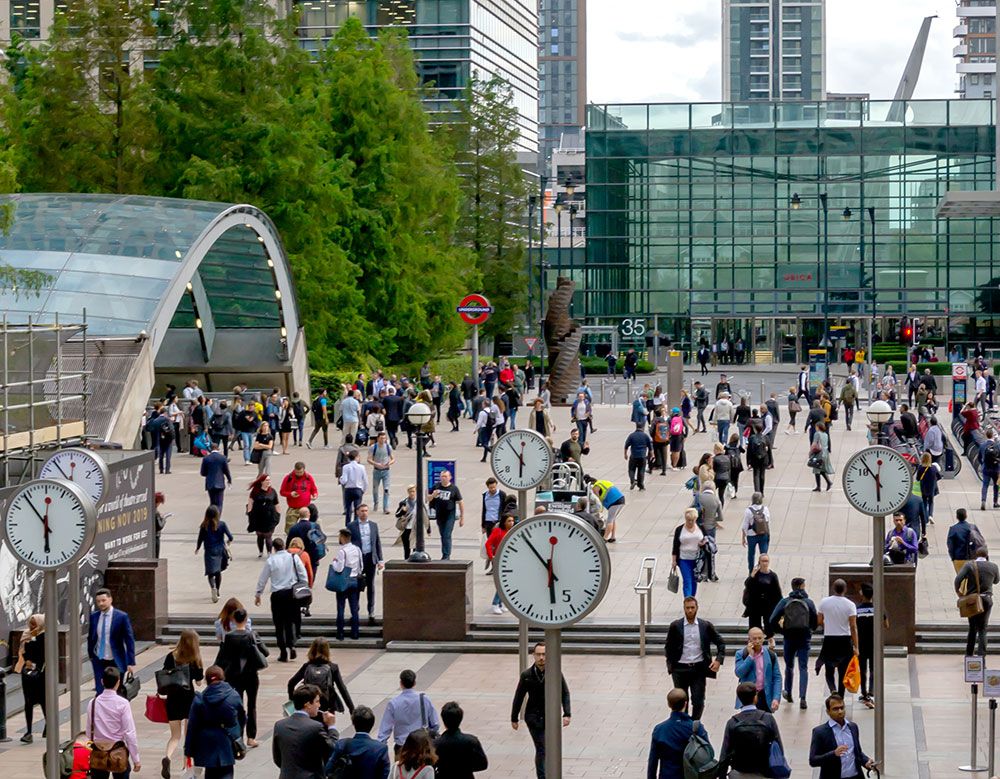I challenged myself, as one of the lay members of the 16th General Assembly of the Synod of Bishops entitled ‘Synod on Synodality’, if there could only be three words or images that would thread the whole Final Synod Document, what would they be? It will be heart, mission and the poor. Highlighting these three words as jewels of the whole Synod experience, I can imagine what transformation it will facilitate in our local churches! I am using the Final Synod Document (FSD) in my following exploration not just as a document but as the core and highlight of a three-year Synodal process that was experienced globally.
HEART
I think the heart is at the very center of the whole Synod because the heart is the place of conversion. Synodality is basically a spirituality that we imbibe–a lifestyle, a way of believing, a way of living–the ‘modus vivendi et operandi’ of the church.
Four out of five chapters of the Synod talks about conversion: Part 1: Conversion of Hearts, Part 2: Relationships, Part 3: Processes and Part 4: Bonds. Conversion to Jesus and to what God wills for humanity and the earth are at the center of Synodal renewal (FSD, 20).
The conversion of hearts is manifested in the conversion of our relationships: “Synodal conversion calls each person to enlarge the space of their heart, the heart being the first place where all our relationships resonate, grounded in one’s relationship with Jesus and his Church” (FSD, 110).
Even if we have all the best programs and structures, but fail at our relationships as siblings in the household of God, then we are a clanging cymbal. The Synod points us to different levels of relationships: “with the Lord, in the family, local community, social groups, with the earth…and those who feel excluded because of their marital situation, identity or sexuality” (FSD, 50).
Indeed, at the very start of the Synodal consultation process in 2021, the Vademecum instructed all local churches to specifically listen to those who have no voice, the poor, the marginalized and the different social sectors in our society–farmers, fisherfolks, PWDs, PDLs, daily wage earners, government employees, vendors, among others.
For the Synod, the fruits of a spirituality of Synodality is “unity and the harmony in pluriformity” (FSD, 43). It is also interesting that when the Synod talks of the fundamental relationships that make us church, the relationship with the earth, our common home, is always included (FSD, 121).
Because the Synodal renewal of the whole church rests on this conversion, it is important that our processes–ways of doing things–are also converted. The Synod is a leadership exercise because it decides on how the church should respond to the many challenges facing its witness and service to the wider society.
The Synod showed that decisions can be made in a communal way–listening to one another and all listening to the Spirit of God. The Synod uses a tool, though not exclusively, called “Conversation in the Spirit” to help us decide and see more clearly the pathways of the Spirit. The Synod on Synodality showed how decision-making can happen in our local church settings–Parish, Finance, Presbyteral Councils, etc.–through communal discernment.
The Synod was very insistent about the involvement of ALL in discernment and decision-making process (FSD, 87-94), especially the poor, youth, women (FSD, 106).
MISSION
The communal process of discernment and decision-making does not only refer to a leadership practice but also about becoming a mission-oriented church. The final chapter of FSD talks about formation of missionary disciples as “common and shared formation–where lay, consecrated, ordained and candidates grow together” (FSD, 143).
In the middle of the three-year Synod process, the term ‘mission’ has been attached to ‘Synodal Church’ especially after the first Vatican session in 2023: Synodal Missionary Church, Missionary Synodal Church, Missionary and Synodal Church. It became clear to us that mission identifies the church itself; it is not just the work of the church.
Through a missionary identity, the church walking with humanity, incarnates and embodies the dream of God in Jesus in our world. “The commitment to defending life and human rights, for the proper ordering of society, for the dignity of work, for a fair and supportive economy, and an integral ecology is part of the evangelizing mission that the Church is called to live and incarnate in history” (FSD, 151).
Relationships in the church are also oriented towards mission: “The Church aspires to be a network of relationships which prophetically propagates and promotes a culture of encounter, social justice, inclusion of the marginalized, communion among peoples and care for the earth our common home” (FSD, 121).
Charism-based ministries expand participation in church life and mission. Recognizing that the roles within the church, as differentiated co-responsibility of all, are based on trust (FSD, 36), the practices of transparency and accountability (FSD, 95, 99) become instruments for a mission more faithful to Jesus. Participatory bodies, which must include women, the youth, and the poor, are tasked with periodic evaluation of all ministries and roles within the church (FSD, 101, 106).
Mission is also very much connected to ‘place.’ Chapter 4 of the FSD talks about the Conversion of Bonds. We are first and fundamentally bonded to the place where we live because this is where we experience God. ”The Church cannot be understood apart from its roots in a specific territory, in that space and time where a shared experience of encounter with the saving God occurs (FSD, 110).
At the Synod, I realized that inculturation–or the grasping and understanding, believing and witnessing of our faith in the culture and context that shape our being church–is not just a theological subject but it is also a question of becoming more mission-oriented (FSD, 124-129).
In line with this, the Synod calls on the strengthening of participatory councils at all levels, the Episcopal Conferences and their continental networks, as well the gathering of the parish, diocese, metropolitan, national, global as Assemblies of the People of God where all exchange gifts as they journey together with the wider community-other Christians and religions, public institutions, civil society organizations and society (FSD, 127) at large towards the common good.
The FSD mentions two communities in our places and contexts where a Synodal missionary Church can be experienced concretely: the basic ecclesial communities (“the terrain where meaningful relationships of closeness and reciprocity can flourish” in FSD, 117) and the basic human communities (“people meet in small neighborhood communities irrespective of religious belonging, a favorable environment for a threefold dialogue of life, action and prayer” in FSD, 123).
THE POOR
At the center of a synodal missionary church are the poor: “God’s heart has a special place for the poor, the marginalized, and the excluded. Therefore, they are at the heart of the Church (FSD, 19-Part 1). As much as Heart and Mission thread the FSD, discussed at the beginning and ending of the different chapters, the poor can be found in every chapter of the FSD.
When the FSD talks about the poor, it also includes the marginalized especially “those who feel excluded because of their marital situation, identity or sexuality (FSD, 50).
The poor at the center also means it is the framework, the perspective that the Synodal Missionary Church takes in its living of God’s will and dream. If relationality is central to our being church, all are called to nurture relationships with the excluded (FSD, 50,54–Part 2) and to always consciously include the marginalized–their voice and their active engagement (FSD, 121 –Part 4)
In its discernment and decision-making, the membership of participatory bodies “encourage greater involvement by women, the youth and the poor (FSD, 106-Part 3). As the church grows in the practice of Synodality, in its following of Jesus the Christ, all are reminded that He is “recognized in those who are poor” (FSD, 141-Part 5).
Part 5 of the FSD talks about Formation of Missionary Disciples. Because formation is the last chapter, conversion–the first four chapters–precede it and therefore defines formation as an experience of encounter that converts us, not just a series of courses, lectures, or conferences that we attend.
It mentions the role of the poor and marginalized as central to our formation of knowing and following Jesus (FSD, 141), noting that in formation, everyone is an active subject; no one simply receives formation (FSD, 144). We usually think of formation centers and academic institutions as places for formation. But if we understand formation as the following of Jesus, the FSD privileges encounter and experience as the formative agent. FSD mentions working with the marginalized (FSD, 144) as a venue and resource for formation, as well as families and small communities.
The FSD, in highlighting the ‘heart’, ‘mission’, and the ‘poor’, gives a lot of hope for renewal.

